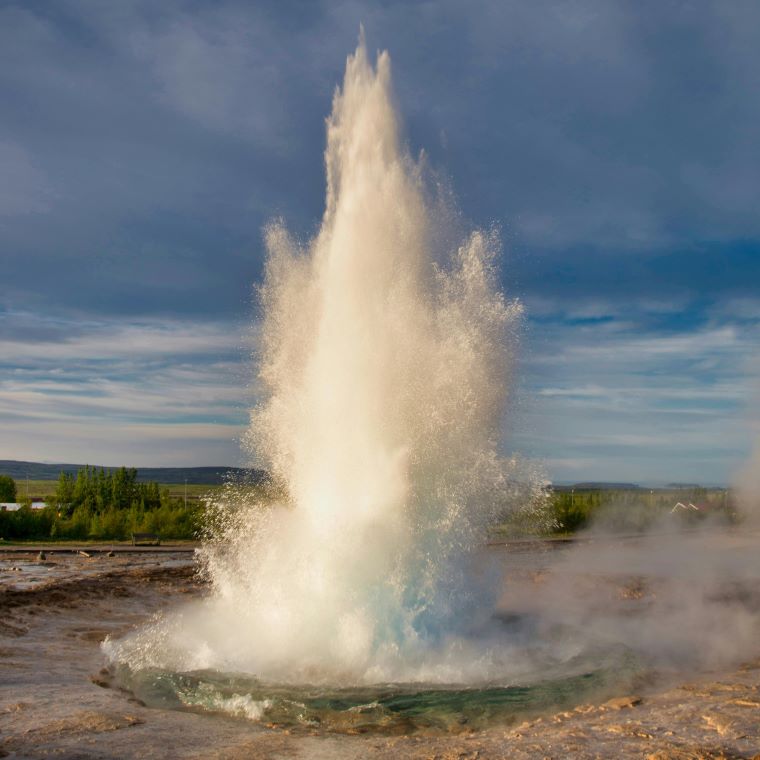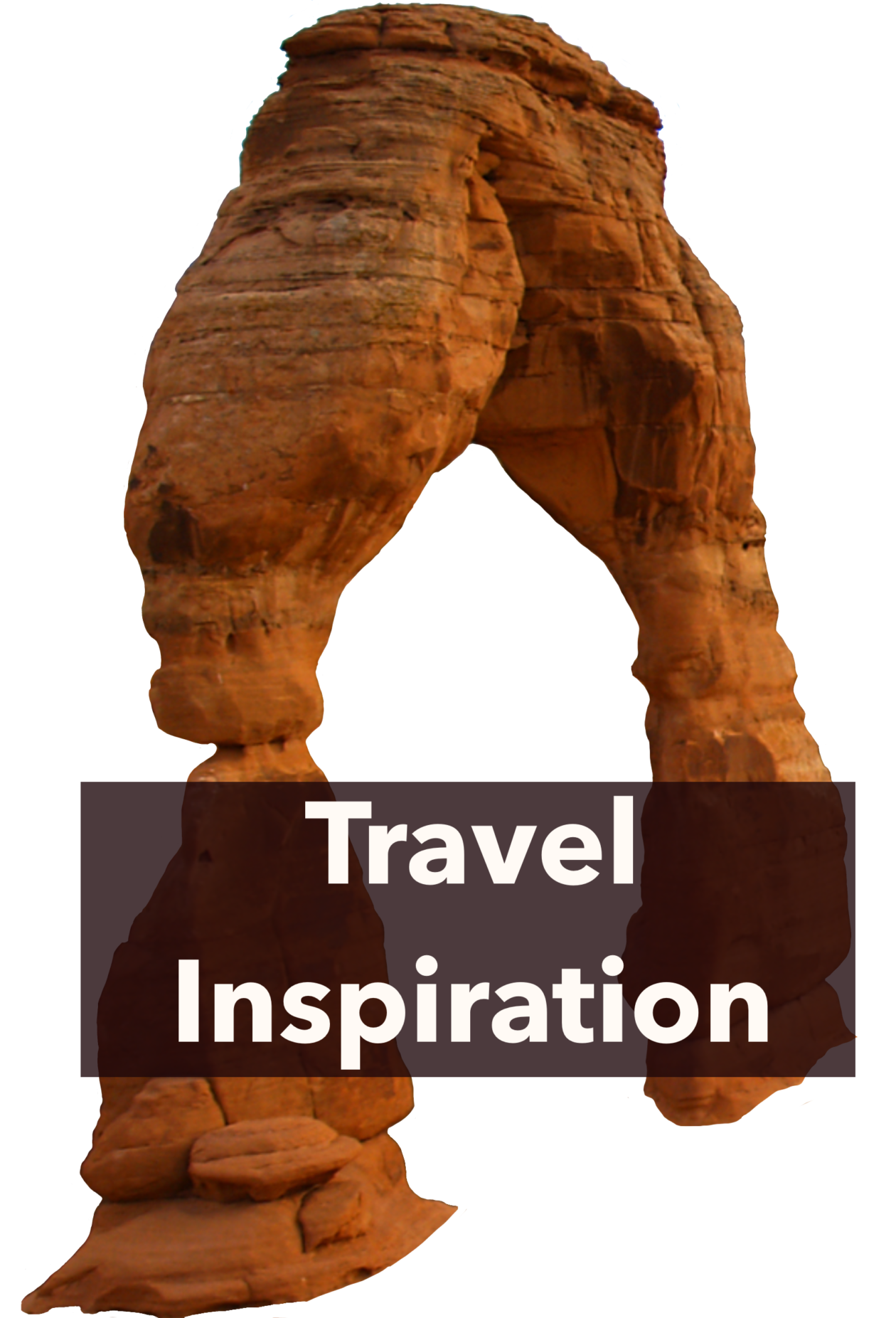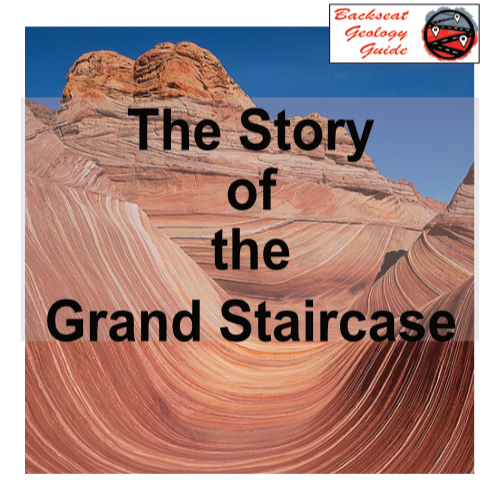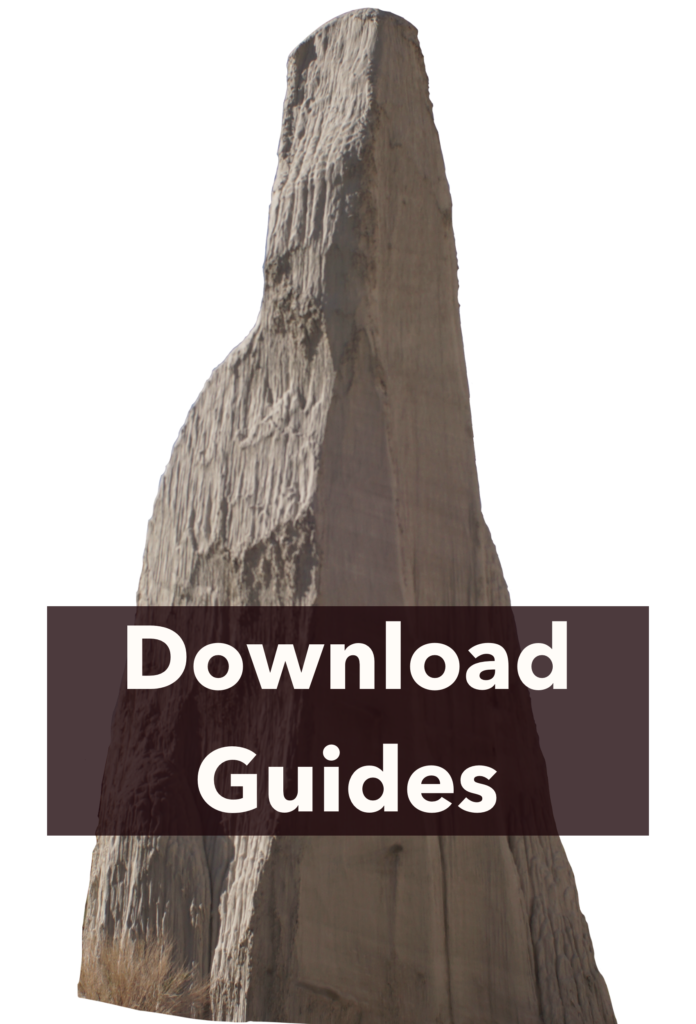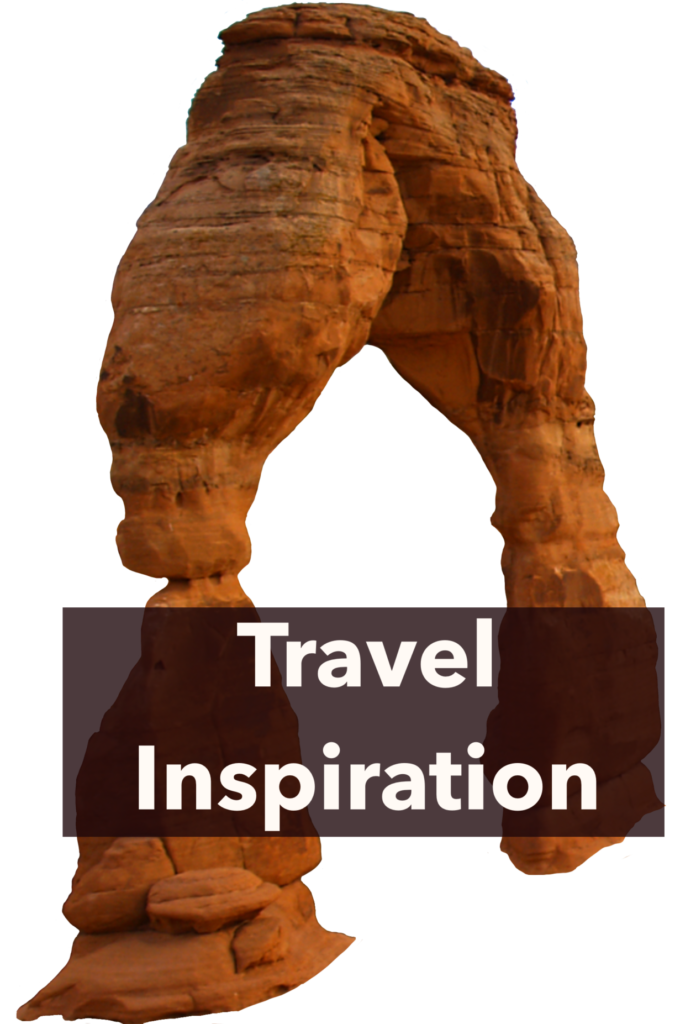This recipe explores a fascinating and often overlooked geologic treat: paleosols, also known as ancient fossilized soils. They come in a variety of fun colors from creams and browns to reds, yellows, and purples. If you see a soft blue rock there’s a good chance it’s a paleosol! Imagine uncovering an ancient, perfectly preserved recipe book that offers a tantalizing glimpse into the environmental conditions of Earth’s distant past. Just like a beautifully colored fruit parfait, paleosols present us with distinct, colorful layers, each telling a unique story of the ancient landscapes in which they formed. These geologic delicacies are a testament to the intricate interplay of climate, vegetation, and time, much like the careful crafting of a sophisticated layered dessert. Enjoy the recipe!
Paleosols = Ancient Soils
Temperature
Ambient
Pressure
Ambient
Size
Varies
Time
Thousands of Years
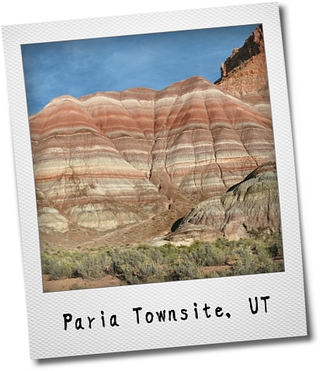
Directions
Step 1
Start with a layer of rock or sediment, begin to break it up using plant roots and or animal burrows
Step 2
Soak water into the rock, through the holes and cracks
Step 3
Collect organic decay from the plants and animals, release iron & manganese from the organic material
Step 4
Make leaf litter tea with leaf litter, other organics, iron, manganese, and water
– Manganese prevents iron from rusting, manganese and iron prevent organics from washing away
– Manganese-Organic molecules are brown, iron-organic molecules are black
Step 5
Filter the leaf litter tea down thru rock forming 4 uniquely colored layers
A- Organic layer-brown and black
E- filter layer- bleached white or gray
B – enriched with clays & minerals -colorful, depends on the minerals but usually red or yellow
C- Altered rock from step 1
R- Unaltered rock from step 1
Step 6
Filter out iron and clay from the A and E layers, collecting them in the B layer
-Without manganese, iron will react with oxygen and change color as it crystallizes into different minerals
-Manganese stays mostly in the A layer with the organic molecules
-The iron mineral and color that forms ultimately depends on the climate
Step 7
Cover and bury the soil layers you want to preserve with sediment such as sand and mud
Step 8
Compact & cement the soil with groundwater and minerals to turn it into a rock
-Brown and black organics will wash away so layers A and E look alike
Step 9
Repeat several times to create striping patterns A, B, A, B etc.
-Change the climate to change the color
-Yellows are wetter climates, reds are drier climates
Materials
- Rock block
- Water
- Organic matter
- Leaves
- Oxygen
Tools
- Animal Burrows
- Plant Roots
- Sediment



